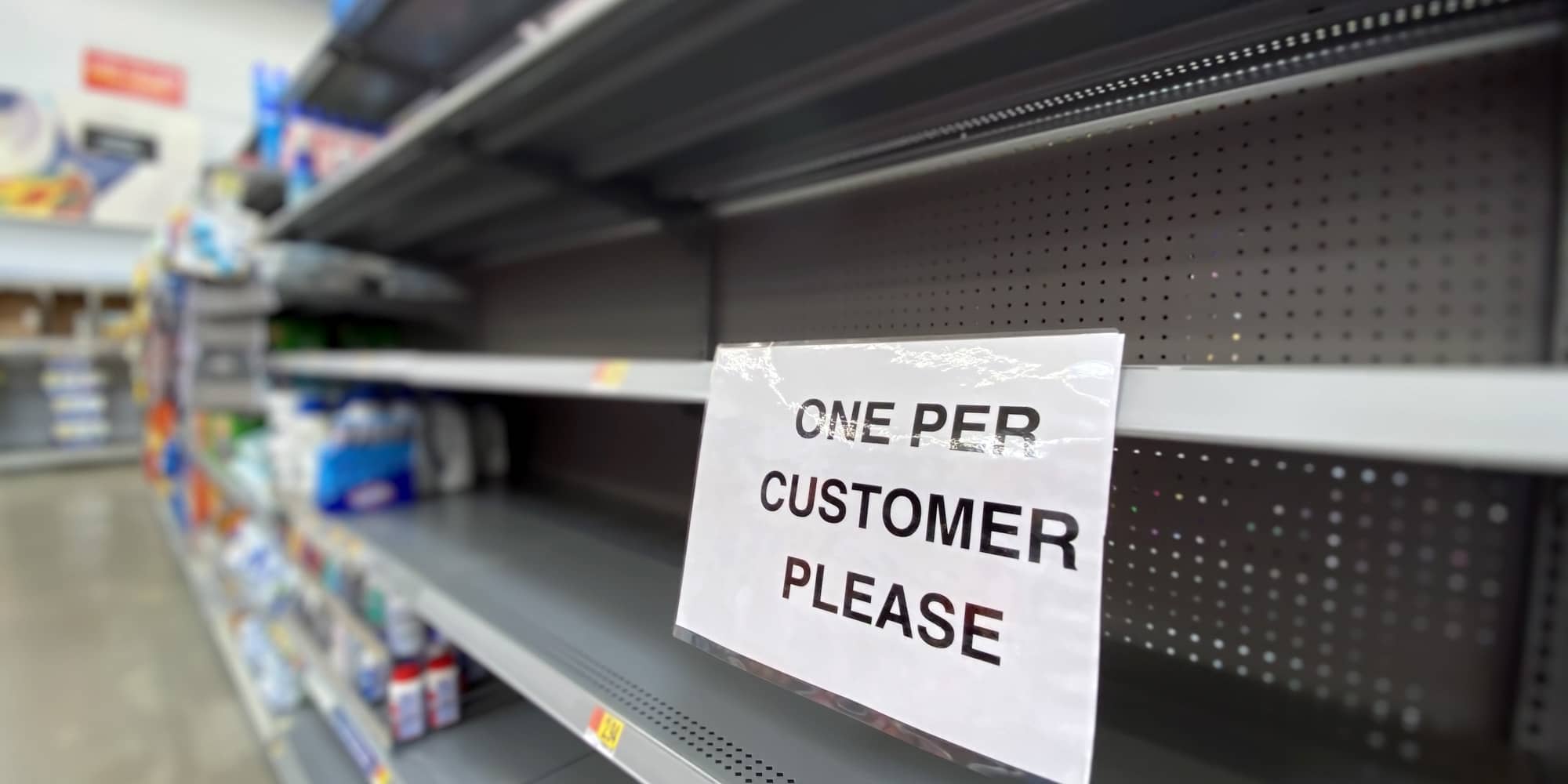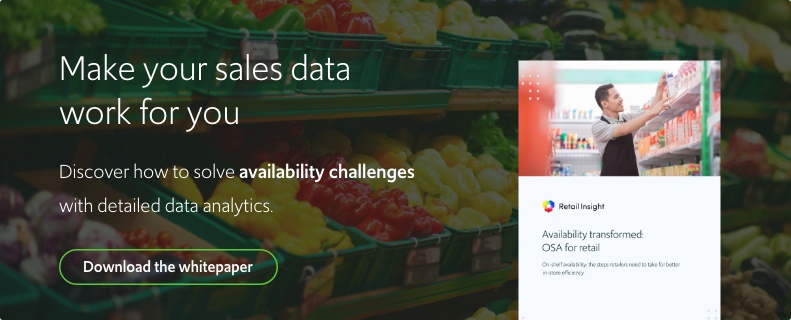COVID-19: Shopper buying behavior and out-of-stock products

- 3 minute read
- Xander Friedländer
Xander Friedländer, Chief Analyst, outlines how the worldwide spread of COVID-19 has put shopper buying behavior, out-of-stock products, and the resilience of grocer’s supply chains into sharp focus.
The response to high retail demand
In the last few weeks, retailers have needed to respond to dramatic changes in demand. When product demand changes rapidly and unexpectedly, out of stocks are inevitable, unless supply chain forecasters quickly override their ordering system to better reflect the new reality. Even though forecasting systems adjust over time, they are usually designed to smooth out the forecast so as to not react too quickly. Forecasters have therefore been under huge amounts of pressure to manually adjust forecasts, while supplier provisioning teams have been working day and night to source enough products to meet that demand.
Despite the best efforts of retailers, the extent of the demand shift outruns their ability to accurately predict demand and correspondingly to flow enough product through their supply chain – and on to the shelf. Widespread reporting in the media, as well as personal experience, has shown the extent of the on-shelf availability challenge. This is hardly surprising given that they have experienced sales exceeding even peak Christmas trade, running out of stock during the trading day. First was the shortage of toilet rolls and cleaning products, followed by medicines, nappies, and tinned food, and further on to fresh and frozen food. The spike in demand soon spread beyond, to most major food categories.
Tackling the on-shelf availability challenge
At Retail Insight, we analyze POS transactional data on a daily basis. Our research has found that UK store sales exceeded the same weeks last year by 45%, and even exceeded Christmas peak trade by 25%. Despite widespread on-shelf availability challenges, the speed at which retailers responded to the rapid changes in demand is an astonishing accomplishment. Retail Insight’s algorithms have predicted that had lost sales been fulfilled, retailers would have achieved sales at around 35% above Christmas peak trade.
Whilst there were undoubtedly some instances of bulk buying, especially before retailers instituted limited quantity restrictions, our analysis of POS data suggests that this was by no means widespread. On the contrary, the driver of the store sales uplifts was from the sheer volume of additional transactions. These were up by 35% compared to the same period last year.
Retailers clearly reacted well to the growth in demand. But prior to the effective country-wide lockdown, supermarkets had taken sales 25% higher than Christmas peak week for three consecutive weeks in a row. By the end of this period, out of stocks at a store/SKU level reached as high as 65%, when a normal week is closer to 9%. Reviewing on-shelf availability at an hourly level also found that most of the lost sales were generated within the trading day due to the intensity of customer demand, with availability improving substantially at either end of the trading window when stock was delivered into store.
Future changes?
When this pandemic is over, most retailers will undertake a detailed review of their end-to-end operations to identify what went well and what lessons can be learned. In our opinion, there is much to be thankful for in terms of the ability of UK grocers to react. But there is a clear opportunity to prepare detailed forecasting models that can be deployed quickly on the emergence of future public health crises. Critically, models should include intelligence on unmet demand, including within the day, at a store/SKU level. Finally, retailers should also ensure that they have the data tools ready that enable them to quickly draw insight from their POS data – providing prescriptive analytics to their supply chain and instore teams when it really matters.
Get in touch
Written by Xander Friedländer
Using a mix of commercial, IT, and analytical expertise, Xander identifies opportunities and delivers measurable value to all our clients. Xander joined Retail Insight in 2007, having previously led commercial and competitor intelligence for P&G.
